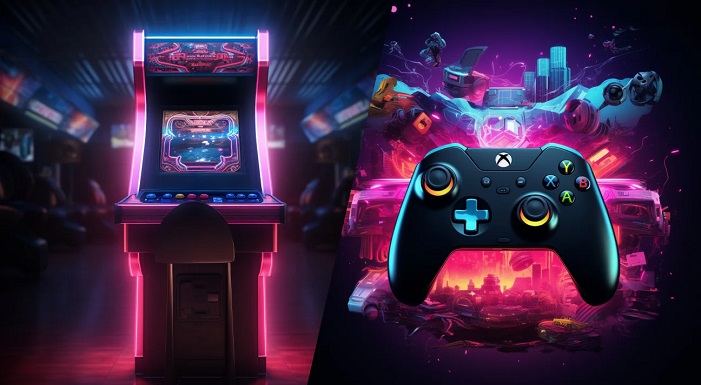Art and gaming have always had a close relationship. Visual design is a core element of video games. It influences how players feel while playing. Many games today are not just fun; they are also considered art. Take a quick break and explore how visual design influences modern games like https://slotstreamers.bio/.
The Role of Visual Design in Gameplay
Visual design is crucial in guiding players through a game. It creates a feeling and sets the tone. For example, bright colors and whimsical art styles evoke joy. Dark, muted tones can create tension or fear. This design choice helps players feel what the characters experience.
Think about Celeste, a platformer with a pixel art style. The visuals match its themes of struggle and perseverance. Each level is carefully designed to show the main character’s emotional journey. As players progress, the changing landscapes echo their challenges, making the gameplay deeply immersive.
Artistic Styles: A Diverse Palette
The variety of artistic styles in games is astounding. Some look very realistic, while others are more abstract and artistic. This variety makes gaming more interesting.
Take Journey, for example. Its unique art style uses vibrant colors and fluid animations. The game does not rely on dialogue to tell its story. Instead, it uses visual elements to convey emotions. Players explore a vast desert, and the visuals lead them on a journey of self-discovery. This approach shows how art can transcend traditional storytelling.
Inspiration from Traditional Art
Modern games often draw inspiration from traditional art forms. Many developers study classic paintings, sculptures, and architecture. This connection to art history enhances their game design. Players can explore beautifully recreated environments, experiencing art in an interactive way.
The game Gris takes inspiration from watercolor paintings. Its visuals are soft and fluid, creating a calming experience. The game uses different colors to show emotional growth. This mix of art and gameplay helps players enjoy the visuals while following the story.
The Importance of Color Theory
Color theory plays a significant role in visual design. Colors can create feelings and influence how players behave. Designers use color to help players find their way, highlight important elements, and set the mood. Each area feels different, helping players explore and enjoy the game. The careful use of color not only aids gameplay but also enriches the overall experience.
Visual Storytelling in Games
Games tell stories in a special way. Unlike movies or books, players take part in the story. Visual design is important for this storytelling. It shows emotions, themes, and character growth without needing a lot of dialogue.
In Firewatch, the game uses visuals to show a feeling of isolation. The beautiful landscapes are also a bit spooky. As players explore the area, they discover more about the story. The visuals enhance the emotional depth, making the experience more impactful.
The Impact of Animation and Movement
Animation is another essential element of visual design. Smooth animations create a seamless experience. Players feel closer to the characters when they move smoothly.
In Ori and the Blind Forest, the animations are amazing. The main character moves beautifully and expressively. This attention to detail helps players feel connected to Ori’s journey. The visuals make the story more emotional, making every moment unforgettable.
Collaboration Between Artists and Developers
Creating visually stunning games requires collaboration. Artists, designers, and developers must work together. Each team member brings unique skills and perspectives. This collaboration leads to innovative design choices and fresh ideas.
Game studios often employ artists with diverse backgrounds. This diversity fosters creativity and pushes boundaries. For example, Cuphead was inspired by 1930s animation. The developers studied the art style and meticulously recreated it in the game. The result is a visually striking experience that stands out in the industry.
The Future of Visual Design in Gaming
As technology improves, visual design in gaming evolves too. Virtual reality (VR) and augmented reality (AR) bring new chances for players. These technologies create engaging experiences that mix art and gameplay. Players can interact with art like never before.
Games like Beat Saber highlight what virtual reality (VR) can do. The mix of music, movement, and visuals creates a one-of-a-kind experience. As developers try out new technologies, the chances for visual design keep growing.



